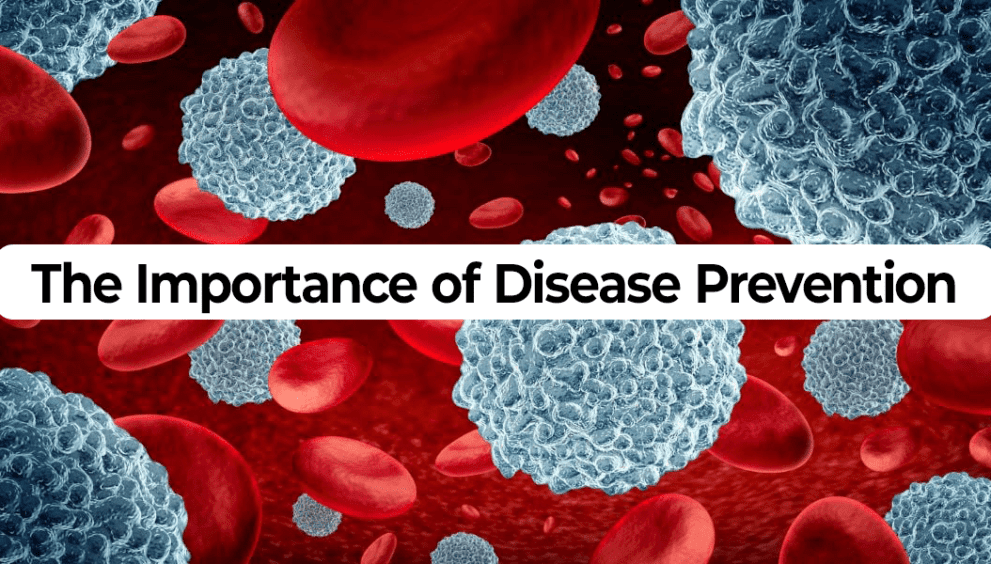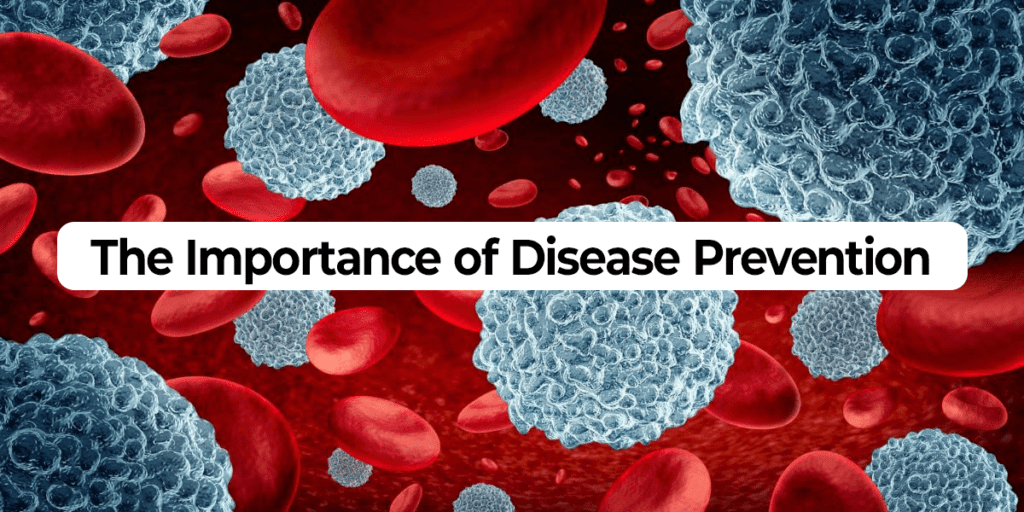The Importance of Disease Prevention

Table of Contents
Introduction:
Disease Prevention is an aspect of health showcasing the collaborative actions taken to reduce the impact of illnesses, on both individuals and communities. Throughout history diseases have greatly influenced life from epidemics to current global health crises. In combatting this threat preventive strategies have progressed by utilizing progress policy changes and community involvement to protect populations from health risks. Recognizing the importance of disease prevention not saves lives. Also enhances overall health, economic security and societal strength.
Historical Perspectives:
Throughout the course of history illnesses have swept through communities leading to pain and upheaval, in society. Examples like the Black Death during the century outbreaks of smallpox and the Spanish flu pandemic in 1918 highlight how infectious diseases can have an destructive influence. As a result of these occurrences basic preventive actions such, as isolation and hygiene practices were introduced throughout history the rise of diseases has had an impact, on public health. These disease outbreaks not caused death tolls but also influenced societal norms, government systems and medical practices. The devastation caused by these illnesses prompted advancements in the field of epidemiology leading to the creation of disease monitoring systems and public health organizations. Moreover the introduction of quarantine measures, sanitation projects and vaccination initiatives marked milestones in humanity’s efforts to combat contagion spread. These developments have paved the way, for disease prevention strategies have shaped the direction of global health management.
Contemporary Challenges – Disease Prevention:
In today’s world new infectious diseases, lasting health issues and illnesses linked to lifestyle choices present obstacles, to global health protection. The increase in resistance to antibiotics the return of diseases through vaccination and the weight of communicable illnesses emphasize the urgent need for proactive preventive measures. Additionally environmental elements, economic gaps and behavioral habits combine to influence disease patterns highlighting the aspects of prevention strategies. These hurdles call for a strategy for preventing diseases that tackles the root causes of health issues while promoting creativity and cooperation across fields. By understanding how health outcomes are interconnected and using solutions that involve disciplines communities can lessen the impact of risks, diminish inequalities and build resilience, against evolving health difficulties.
Holistic Approach:

Preventing diseases effectively requires a strategy that includes intervention levels. Primary prevention aims to prevent the occurrence of illnesses through promoting health educating people and making changes, to the environment. Efforts to promote health and prevent diseases include vaccination campaigns programs to help people quit smoking and initiatives focused on improving nutrition. Screening for diseases, like cancer, diabetes and hypertension is a part of catching health issues and getting treatment quickly. These efforts help reduce the impact of conditions on people’s health and well-being. Programs that offer support, for managing long term illnesses aim to enhance quality of life and improve how well individuals can function in their lives.
Socioeconomic Implications:
The impact of illnesses, on the economy goes beyond healthcare affecting productivity, workforce involvement and overall economic progress. Disease outbreaks cause disruptions in supply chains, overwhelm healthcare facilities and lead to challenges for both individuals and governments. In countries, with middle incomes the economic burden of diseases contributes to ongoing cycles of poverty worsens social disparities and hinders developmental initiatives.
On the side focusing on preventing diseases brings about advantages by avoiding expenses linked to medical care, hospital stays and reduced work output. According to the World Health Organization each dollar spent on vaccinations results in a $16 return, in gains highlighting the efficiency of measures. Additionally prevention promotes a fitter and more efficient workforce improving resources and strengthening a country’s ability to handle health emergencies.
Emerging Technologies:
The advancements, in technology have transformed the way we prevent diseases by introducing tools and methods to improve monitoring, diagnosis and treatment. Mobile health apps, wearable gadgets and telemedicine services empower people to keep track of their health find information easily and embrace measures. Moreover predictive analytics, AI and genomic sequencing help in detecting disease outbreaks guiding targeted interventions and enabling personalized healthcare services. These technological breakthroughs mark a change in healthcare delivery as they empower individuals to manage their health and overall well-being. Mobile health apps offer access to health data allowing users to monitor vital signs manage chronic illnesses and adopt healthier habits. Wearable devices, like fitness trackers and smart watches provide monitoring of activity levels sleep quality and physiological indicators which aid in early detection of irregularities and timely interventions.
Community Engagement:
Disease prevention is an effort that relies on the involvement of people, communities and organizations. Initiatives, within communities, grassroots campaigns and partnerships in society are crucial in increasing awareness encouraging changes and tackling the root causes of health issues. Through promoting knowledge about health establishing trust and pooling resources together community involvement boosts the strength of populations improves the impact of measures.
Additionally community engagement nurtures a feeling of responsibility and empowerment among those involved paving the way for lasting solutions, to health problems. By encouraging people to work and embrace diversity community centered methods foster a sense of unity and strength establishing the groundwork, for fairer societies. Grassroots movements and civic partnerships serve as agents of change showcasing the power of efforts, in promoting disease prevention and public health objectives.
Conclusion:
The significance of preventing diseases goes beyond healthcare; it also touches upon issues, like social justice, fairness and sustainable progress. By giving priority to prevention communities can lessen the impact of illnesses promotes fairness in health and creates societies that can handle health challenges. In a world where everything is interconnected focusing on actions is crucial to protect the health and well-being of both future generations. As Benjamin Franklin once said, “An ounce of prevention is worth a pound of cure” highlighting the timeless importance of disease prevention, in shaping history. Preventing diseases goes beyond healthcare; it touches on issues, like social justice, fairness and sustainable progress. Emphasizing prevention not helps lessen the impact of illnesses but also promotes access to healthcare leading to stronger communities that can tackle health challenges. In a world taking steps is crucial for safeguarding the well-being of future generations. The famous saying, by Benjamin Franklin “An ounce of prevention is worth a pound of cure” highlights the historical importance of disease prevention efforts. Emphasizes the role that prevention plays in shaping history.

































